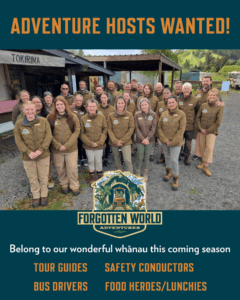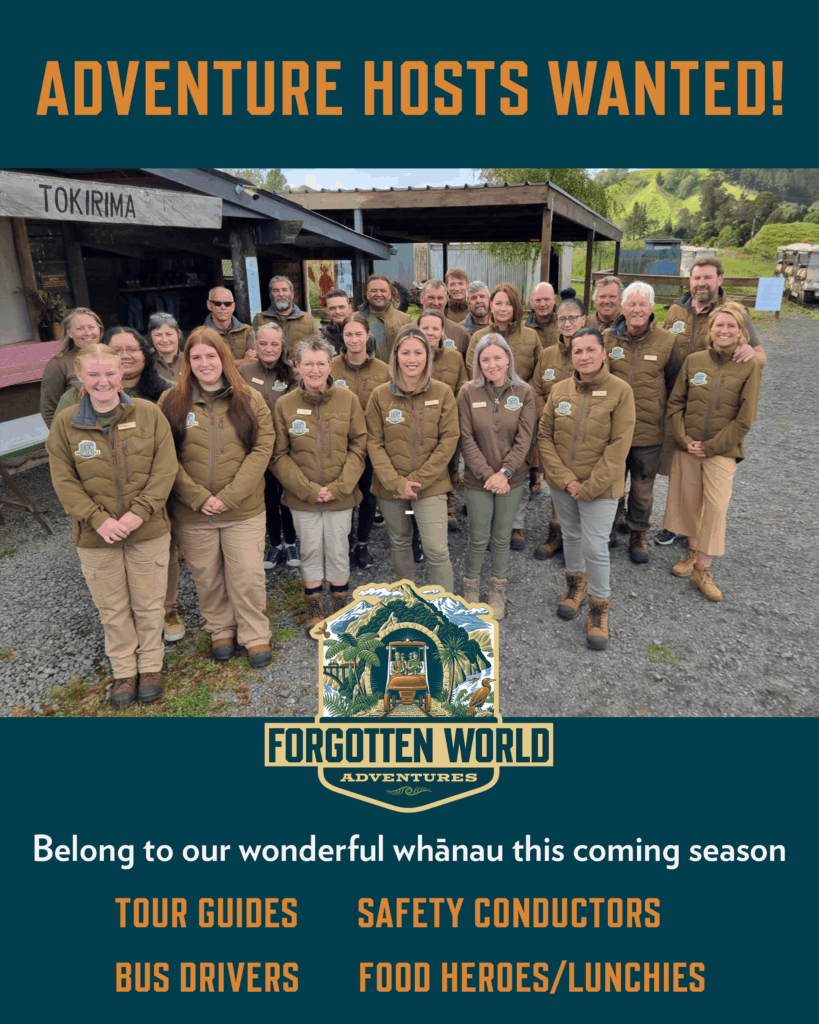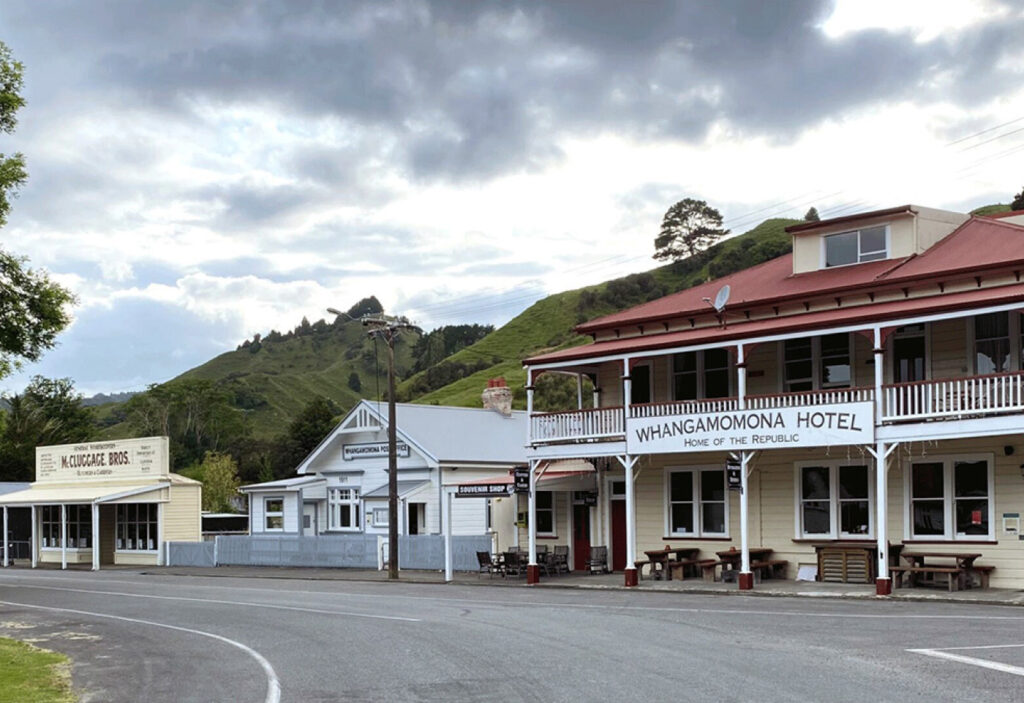Today traversing some of the most isolated country in the North Island, the 142 km Stratford-Okahukura line (SOL) winds its way through a staggering 24 tunnels and over 91 bridges. Life was hard for the men who toiled here. The work was dangerous and their makeshift shanty towns offered few comforts. But it was this work that shaped the strength of our forces when it came to war on foreign soil. Lisa McLean tells us more …
The First World War took approximately 100,000 New Zealanders overseas, many for the first time. Places thousands of miles from home with exotic-sounding names such as Gallipoli, Passchendaele and the Somme were etched forever in national memory. The fallout from this faraway event would ultimately claim the lives of 18,000 New Zealanders and lead to the wounding of 41,000.

In 1900 railway workshops were among New Zealand’s largest industrial enterprises, employing more than 1,700 staff – engineers, foremen, blacksmiths, boilermakers, carpenters, coppersmiths, moulders, fettlers, patternmakers, furnacemen, rivet boys and more. The land wars also prepared our Kiwi soldiers for the European battlefields with Maori defences featuring ramparts, bunkers and trenches.
In France and Belgium Kiwi engineers earned a reputation for the tough and dangerous work of trenching, fortification and, in particular, extensive tunnelling. Along with members of the Maori Pioneers, these engineers were involved in digging the trenches for the ANZAC forces stuck on the slopes of Gallipoli. The constant digging for cover and fortification against German-led Turkish forces earned our ANZAC troops the name ‘digger’, a term still heard today. The Maori Pioneers were also lauded for their contributions and it was Maori labour that went on to become the backbone of the Ministry of Works in New Zealand.
A special tunnelling company, largely made up of ex miners, mined and countermined the frontlines on the Western Front. At its peak the New Zealand Engineering Corps’ fighting strength was over 23,000. It included 900 tunnellers and 1620 sappers – soldiers responsible for building and repairing roads and bridges, laying and clearing mines. The New Zealand Society for Civil Engineers listed 113 of its members going to the Great War with 50 becoming officers and 14 of them killed.
While the whistles of passing trains, the crack of pick and shovel, the call to trenches and the shabby shanty towns have gone, the SOL remains and so do the stories.
Tunnels standing the test of time, bridges and viaducts of incredible engineering, abandoned mines and roller coaster hillsides, Forgotten World Adventures is privileged to share this unique part of New Zealand’s history, come join us one of our fantastic Rail Cart tours. We’d love to share it with you.



















